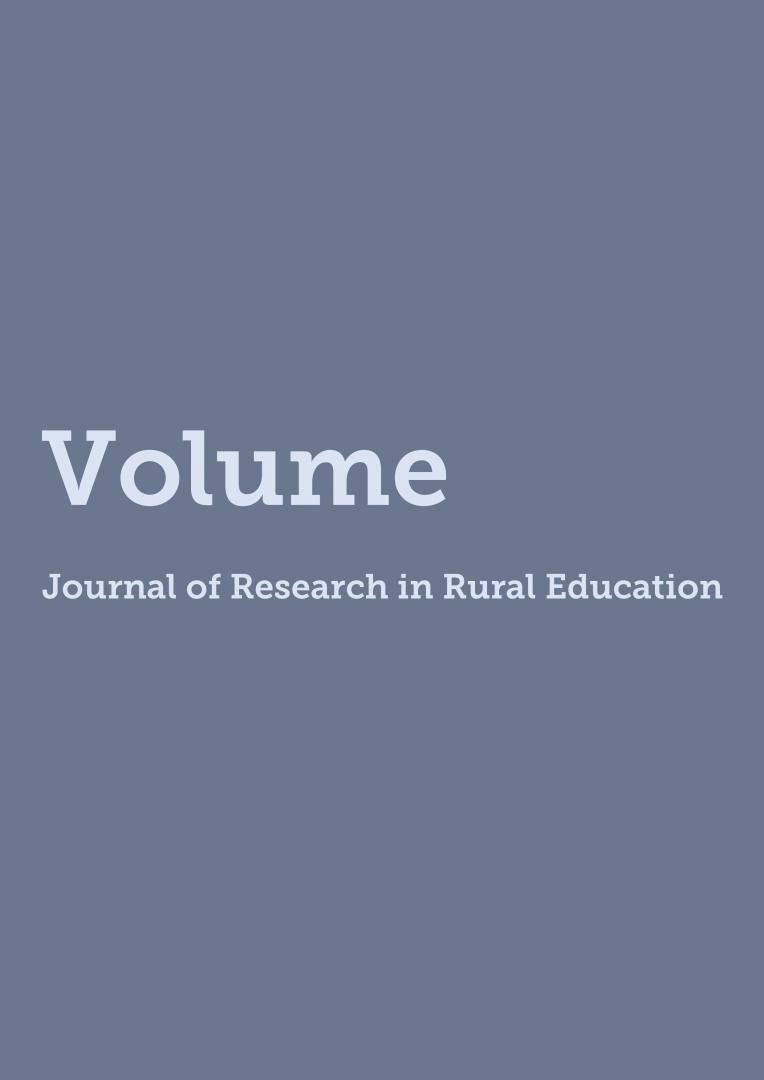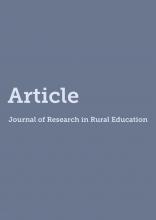

book
Set in two Southeastern Ohio school districts, this study explores how the culturally inspired values of working class Appalachian families, as well as those of non-Appalachian families and school staff, influence understandings of the role of schooling in the lives of children. More specifically, it explores the ways these three groups understand the rationale and utility of state-mandated group testing for fourth- and ninth-grade students. Finally, the study seeks to characterize the ways parents, both Appalachian and non-Appalachian, make their voices heard in their schools. This analysis reveals sharp differences in the views of working-class and middle-class Appalachians.

book
In the current study, we examined factors that influence rural West Virginia high school students’ college attendance decisions. Using Bronfenbrenner’s ecological systems theory of human development as a theoretical basis, we studied direct and indirect influences of environmental factors upon the academic aspirations of rural Appalachian youth. Individual adolescent characteristics; family, peer, and school contexts; and broader cultural influences were all implicated in predicting rural Appalachian students’ academic aspirations. In addition, interesting differences emerged in patterns of prediction for males and females. Family and peer contexts emerged as more salient predictors of college aspirations for males, while variables associated with individual academic preparation and external barriers to college attendance were most salient for females. Considerations of cultural and economic conditions fairly unique to rural Appalachia and implications of the results for educators and policymakers working with Appalachian youth are discussed.

book
Large numbers of rural districts have experienced sharp declines in enrollment, unlike their suburban counterparts. Accurate enrollment projections are required, whether a district needs to build new schools or consolidate existing ones. For school districts having more than 600 students, a quantitative method such as the Cohort-Survival Ratio (C-SR) can be employed with a high level of confidence. For districts having fewer than 600 students, enrollment projections using quantitative methods may have diminishing accuracy. In the present study, enrollment projections were performed for three rural school districts in Vermont with populations fewer than 600 students. The objectives were to determine if (a) the C-SR method can be a viable alternative for school planners, (b) a lower enrollment threshold for employing quantitative techniques can be established, and (c) the number of years used to develop the survival ratio affects the accuracy of the projections. To test the accuracy of the C-SR method, enrollments were calculated for school years 1997-1998 to 2001-2002 and were compared to actual enrollments. Percent error rates were calculated for each school district for the prediction time period. The results showed that the C-SR method can be used cautiously to project enrollments for rural districts in the short-term, 1 to 3 years into the future, but loses its effectiveness in long-range planning. In addition, the results showed that the C-SR method could be used reliably for districts with as few as 100 students, which is a significantly lower threshold than reported in the literature.

book
[Review of Small high schools that flourish: Rural context, case studies and resources, and Not so easy going: The policy environments of small urban schools and schools-within-schools]. Journal of Research in Rural Education, 19(4). Retrieved [date] from http://jrre.psu.edu/articles/19-4.pdf
